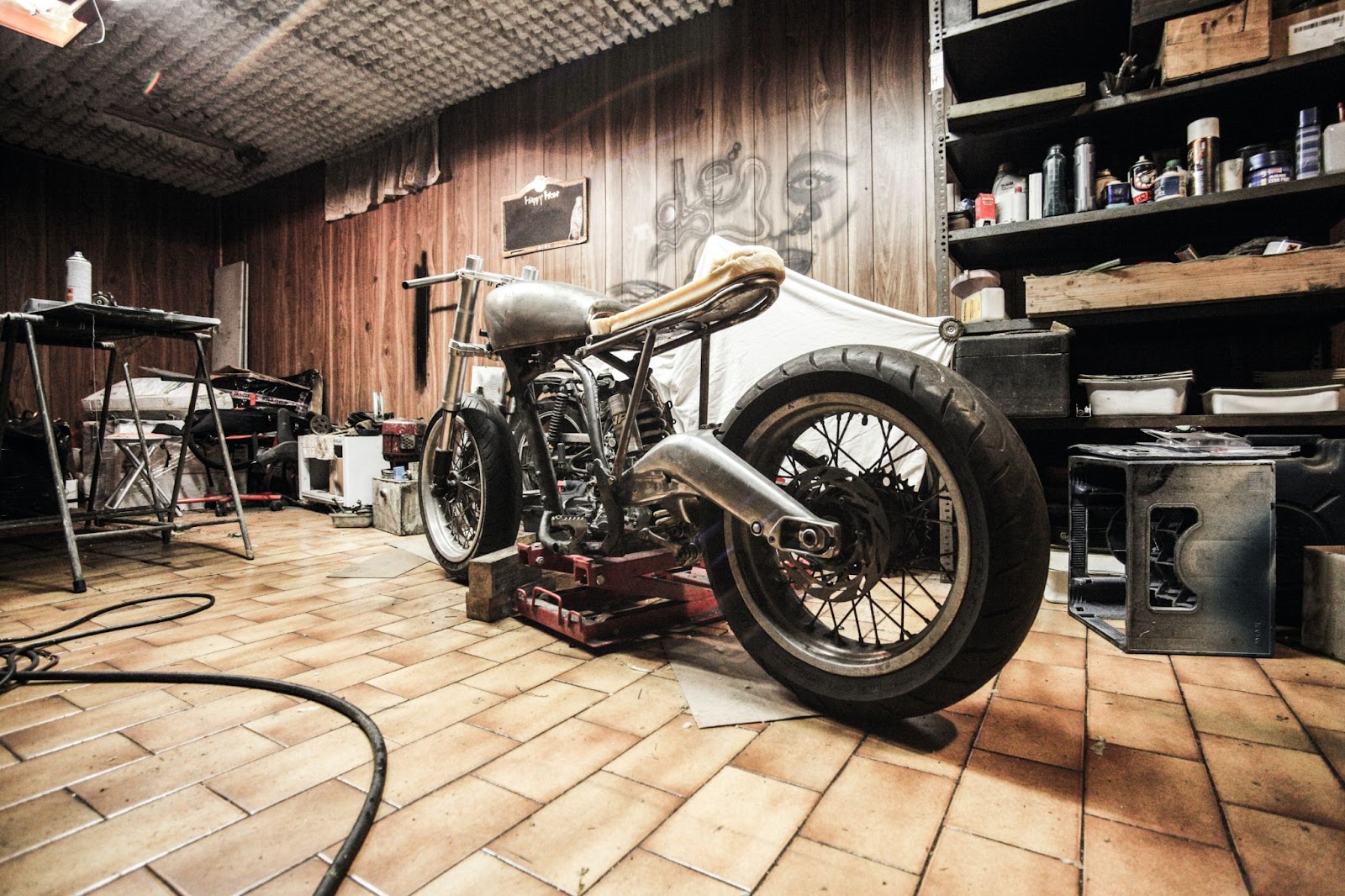Motorcycle frames are an essential component of any bike, providing the structural support and stability necessary for safe and smooth rides. These frames serve as the backbone of motorcycles, supporting the engine, suspension system, wheels, and other crucial components. They come in various shapes and materials, each offering unique characteristics that impact the overall performance and handling of the motorcycle.
One common type of motorcycle frame is the diamond or double cradle frame. This design features two parallel beams that run from the headstock to the swingarm pivot point, creating a sturdy structure with good torsional rigidity. Diamond frames provide excellent balance and stability at high speeds while also allowing for easy maneuverability.
Another popular option is the perimeter or twin-spar frame. This type of frame utilizes a pair of beams that wrap around the engine, providing increased rigidity and strength. Perimeter frames are commonly found on sport bikes where precise handling and cornering capabilities are paramount.
Motorcycle Frames
When it comes to choosing the right motorcycle frame, there are several factors to consider. The frame is essentially the backbone of your bike, providing structural support and determining its overall stability and handling. Here are some key points to keep in mind when selecting a motorcycle frame:
- Frame Material: Motorcycles frames can be made from various materials, each with its own characteristics. Common options include:
- Steel: Steel frames offer durability and strength, making them suitable for different riding styles.
- Aluminum: Aluminum frames are lightweight, which can improve maneuverability and fuel efficiency.
- Carbon Fiber: Carbon fiber frames are known for their exceptional strength-to-weight ratio, enhancing both performance and aesthetics.
- Riding Style: Your choice of motorcycle frame should align with your intended riding style. Consider whether you’ll be primarily cruising on highways, tackling off-road trails, or racing on tracks. Different types of frames excel in different conditions.
- Frame Design: Frames come in different designs such as single cradle, double cradle, perimeter, and trellis among others. Each design has its own benefits in terms of weight distribution, rigidity, and handling characteristics.
- Size and Geometry: The size and geometry of the frame play a crucial role in determining rider comfort and ergonomics. Factors like seat height, handlebar position, footpeg placement should be considered based on your body type and riding preferences.
- Suspension Compatibility: Ensure that the chosen frame is compatible with the suspension system you plan to use. This includes considering factors like suspension travel requirements and mounting points.
Remember that choosing the right motorcycle frame is about finding a balance between durability, performance capabilities, comfort, and personal preference. Researching different options available for your specific bike model can help you make an informed decision that enhances your riding experience.
When it comes to motorcycles, the frame is one of the most important components. It provides structural support, determines the overall handling and stability, and plays a crucial role in the overall performance of the bike. In this section, I’ll walk you through some of the different types of motorcycle frames commonly used in the industry.
- Diamond Frame: The diamond frame is perhaps the most popular type of motorcycle frame and is characterized by its triangular shape. It consists of two main tubes that run from the steering head to the swingarm pivot point, with additional tubes connecting them for added strength. This design offers excellent rigidity and stability, making it suitable for a wide range of motorcycles including sport bikes, cruisers, and standard bikes.
- Backbone Frame: The backbone frame features a single large tube that runs down the center of the motorcycle, acting as both a structural element and housing for various components such as fuel tanks or electrical wiring. This type of frame is often found on custom-built chopper motorcycles due to its simplistic yet stylish appearance.
- Trellis Frame: Trellis frames are constructed using small diameter tubular sections welded together in a lattice-like pattern. This design offers good strength-to-weight ratio while also providing flexibility for manufacturers to customize their designs. Trellis frames are commonly seen on high-performance motorcycles as they provide excellent handling characteristics.
- Perimeter Frame: Perimeter frames surround the engine completely and provide exceptional stiffness and rigidity. They offer superior handling capabilities by distributing forces evenly across all four corners of the bike’s chassis. Perimeter frames are commonly found on sport bikes where precise control and maneuverability are essential.
- Monocoque Frame: Monocoque frames consist of a single structure that integrates both bodywork and chassis into one unitary piece without any separate framework underneath it. This design approach maximizes weight savings while maintaining optimal strength and rigidity. Monocoque frames are often used in high-performance motorcycles and racing bikes to reduce weight and improve aerodynamics.
